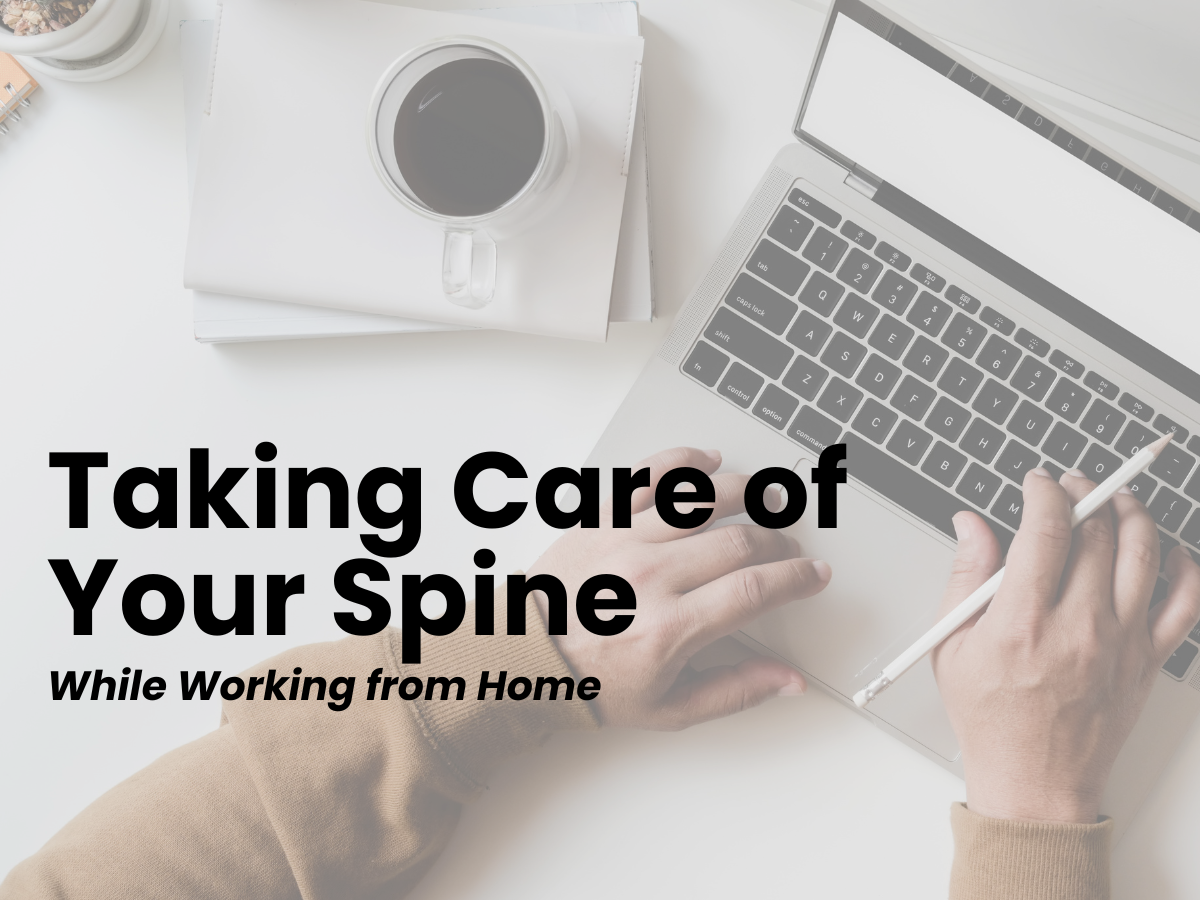
Athletes are always looking for ways to improve their performance and reduce the risk of injuries. Whether you’re a weekend warrior or a professional competitor, chiropractic care is an essential tool for optimizing your body’s potential. Chiropractors, with their in-depth knowledge of biomechanics and musculoskeletal function, offer specialized care that helps athletes maintain peak condition, recover faster from injuries, and even prevent them in the first place.
Here’s a closer look at why athletes of all levels are increasingly turning to chiropractic care for performance enhancement and injury prevention.
- Improving Athletic Performance
Chiropractic adjustments focus on aligning the spine and ensuring that the body’s nervous system operates efficiently. When your spine is misaligned, it can cause nerve interference, which in turn affects muscle function and coordination. A properly aligned spine improves overall bodily function, allowing athletes to move more efficiently and with greater precision.
By addressing spinal misalignments and restoring proper joint mobility, chiropractic care can:
Enhance range of motion: Greater flexibility and mobility translate to better performance in sports that demand agility, such as tennis, basketball, and gymnastics.
Increase strength: Improved nervous system function allows for better muscle recruitment, which can lead to enhanced strength and endurance.
Improve reaction time: Spinal adjustments help fine-tune the communication between the brain and the body, leading to quicker reflexes and better coordination.
- Preventing Injuries
One of the biggest concerns for any athlete is injury. Chiropractic care focuses on maintaining optimal alignment of the body, which helps to reduce the likelihood of injuries, especially in high-impact sports. Misalignments, or subluxations, in the spine and joints can lead to imbalances that increase the risk of strains, sprains, and overuse injuries.
Some ways chiropractic care helps prevent injuries include:
Improved balance and posture: By keeping the spine aligned, chiropractors help athletes maintain good posture and balance, reducing the risk of falls or awkward movements that can lead to injury.
Optimized joint function: When joints are functioning properly, the body distributes stress more evenly, reducing the likelihood of injuries to specific areas.
Decreased muscle tension: Regular adjustments relieve muscle tension, preventing the tightness that often leads to strains or pulled muscles.
- Speeding Up Injury Recovery
Even with proper prevention, injuries can still occur. Whether it’s a sprained ankle, a pulled hamstring, or a more serious condition, chiropractic care can accelerate the healing process. Chiropractors use a combination of spinal adjustments, soft tissue therapy, and rehabilitation exercises to help athletes recover faster and return to their sport in better shape.
Some benefits of chiropractic care in injury recovery include:
Reduced inflammation: Chiropractic adjustments can help reduce inflammation around injured joints and muscles, allowing for a quicker recovery.
Enhanced blood flow: Adjustments and soft tissue therapies promote better circulation, which is crucial for delivering nutrients and oxygen to injured areas.
Non-invasive treatment: Chiropractic care is a natural and non-invasive approach, helping athletes avoid the risks associated with surgery or long-term medication use.
- Addressing Common Sports Injuries
Chiropractors are trained to diagnose and treat a wide range of sports-related injuries.
Some of the most common injuries treated by chiropractors include:
Tennis elbow: Overuse of the arm and elbow can lead to inflammation and pain. Chiropractic adjustments and soft tissue therapy can relieve the strain on muscles and tendons.
Knee injuries: Whether from running, jumping, or pivoting, knee injuries are common in athletes. Chiropractic care can improve the alignment of the spine and lower extremities, reducing stress on the knees.
Shoulder pain: From overhead sports like baseball or swimming, shoulder injuries can limit movement and cause significant pain. Chiropractic adjustments and exercises can help restore proper joint movement and strength.
- Chiropractic Care: A Holistic Approach
What sets chiropractic care apart is its holistic approach. Rather than simply treating symptoms, chiropractors focus on finding and addressing the root causes of pain or dysfunction. For athletes, this means looking beyond the injury itself and evaluating the entire body’s alignment, muscle balance, and movement patterns.
Chiropractors often incorporate additional therapies such as:
Rehabilitation exercises to strengthen muscles and improve flexibility
Soft tissue therapies like massage or Active Release Technique (ART) to break up scar tissue and improve muscle function
Nutritional advice to support healing and improve overall performance
- A Personalized Care Plan
Each athlete’s body is unique, and chiropractors tailor their treatments to the individual. Your chiropractic care plan may involve specific adjustments based on your sport, training regimen, and personal goals. This personalized approach helps athletes stay in top form and address any imbalances before they become major issues.
Chiropractic care offers athletes a powerful way to enhance performance, prevent injuries, and recover more quickly. By focusing on the body’s alignment and nervous system function, chiropractic care ensures that athletes can perform at their best while minimizing the risk of injury. If you’re an athlete looking to take your performance to the next level, consider incorporating chiropractic care into your training and recovery routine.















